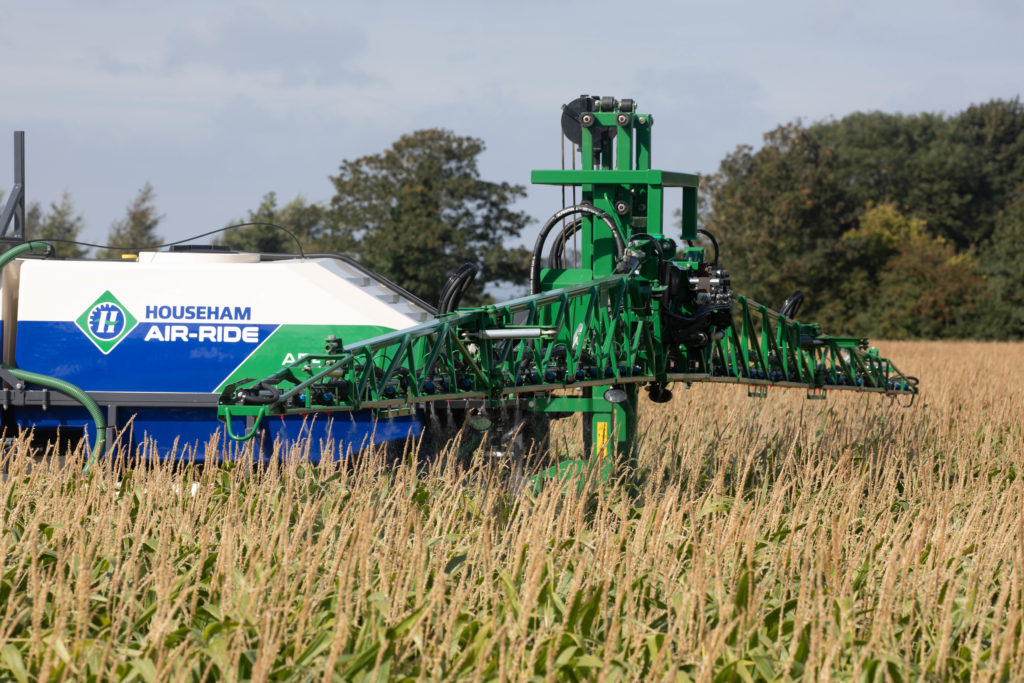In a season of delays, we get the latest cereal agronomy tips from East Anglia-based Agrii regional technical manager David Felce and Yorkshire-based AICC independent agronomist Patrick Stephenson.

©Tim Scrivener Photographer 07850 303986 ….Covering Agriculture In The UK….
1. Consider higher seed rates
David Felce: For spring cereals look to increase the seed rate as the crop won’t have time to tiller.
2. Pay attention to nutrition
David Felce: For winter cereals, foliar nutrition has a real part to play in feeding crops through the leaves and getting the crop back on track. Soluble minerals such as sulphur, zinc, manganese, boron and possibly copper are less available this year; because of the wet conditions a lot of the nutrients were washed out or less available under cold wet conditions.
If taking a tissue test, try to get it turned around as quickly as possible and supply what it tells you.
For spring cereals, get base fertilisers on as soon as possible so they have a chance of being washed in if there is a shower.
Biostimulants can help supply cereal plants with amino acids, for example, rather than the plant having to work hard, so it is under less stress.
Patrick Stephenson: At the moment, winter crops drilled in September/October look well overall. I’m telling people to get on and finish their top dressing for wheat, barley, oats and rape. There is still some rape that has only just received its nitrogen.
Roots are not able to grow in waterlogged soil. We are confident wheat can root up to flag leaf but winter barleys could suffer from transient nutrient deficiencies. Spring cereals are very weather dependent – we don’t want a dry summer as their roots are not particularly exploitative and they will be vulnerable to any drought.
3. Prioritise what goes in the spray tank
David Felce: With herbicides it is all a bit difficult and we need to be careful. Weeds can compete with crops but we need to try not to stress or reduce the vigour of the crop. Look at what products you can use and make sure the crop is in good nick. Manganese can be limiting and has a lot to do with crop health. Big tank mixes can put a lot of stress on crops – there are a lot of things to do in a short space of time but try where possible to reduce stress on the crop.
Patrick Stephenson: We would have liked to get T0 on most of the wheat but now it is just getting T1 at GS31-32 – later next week or early the week after. Now a lot will put an SDHI on at T1. There is not a lot in it cost wise. You save one pass with the sprayer but the product costs slightly more.
With some tank mixes, there is not enough room for the water with everything farmers are trying to put in. Review what goes in, limiting it to the main priority products. If you have a lot of products in you probably don’t need an adjuvant as well as there will be enough in the products. With trace elements, only using these if there is a deficiency you are trying to treat will help manage product use.
4. Don’t stint on PGRs
Patrick Stephenson: If we look at winter barley we can see the awns out on six-rows. A lot of people have only just gone on with PGR and some disease control – now we agronomists are telling them they need to go again with PGRs. With straw at the price it is at the moment people are not keen to put on another growth regulator. But for those growing hybrids a second PGR is very important.
5. Learn seedbed lessons
David Felce: If you look back to autumn you realise what a big part cultivation plays – how you set up the cultivator and get soil in as good a condition as you can. This means more growth and rooting of winter cereals in autumn so they are better able to cope with whatever the weather throws at them in March and April.